Optimal Timing for Roof Tarp Installation
Roof tarp installations are often necessary to protect structures from weather damage, especially during adverse conditions. The optimal timing for installing a roof tarp depends on various factors including weather patterns, seasonality, and urgency of the repair. Proper timing ensures maximum protection and minimizes potential damage caused by exposure to elements.
Spring and summer typically offer the best weather conditions for roof tarp installations due to dry and stable weather, reducing the risk of installation issues.
Avoid installing roof tarps during heavy rain, snow, or high winds to ensure safety and proper adhesion. Clear, dry days are ideal.
In cases of immediate damage or leaks, installation should be performed as soon as possible regardless of season to prevent further structural issues.
Moderate temperatures facilitate better adhesion and durability of tarp materials. Extreme cold or heat can compromise the effectiveness.
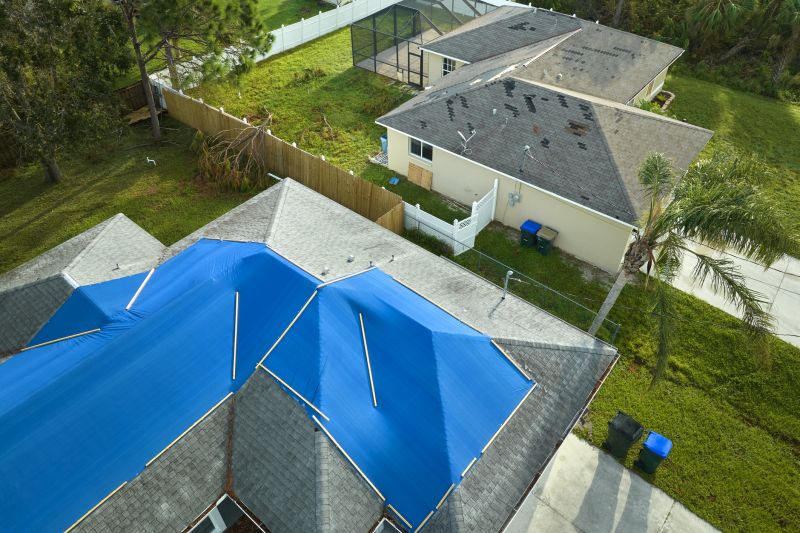
Ensuring optimal adhesion and safety during installation.
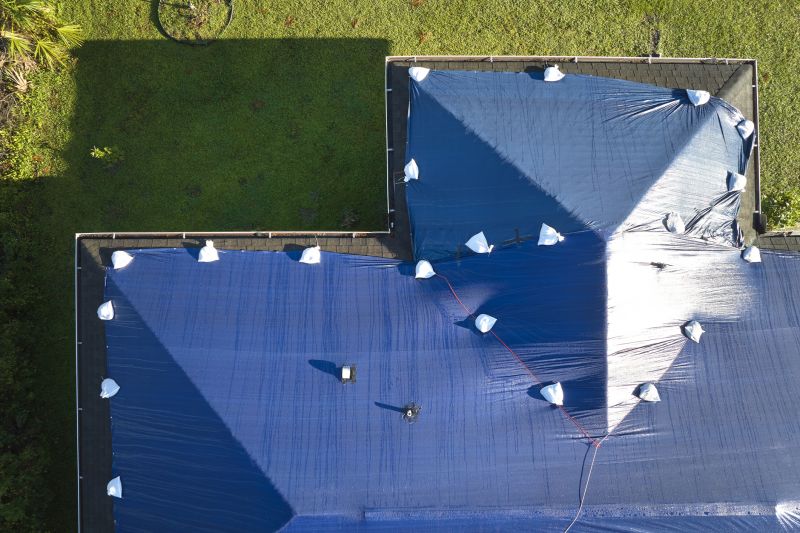
Installing tarps proactively before storms can prevent extensive damage.
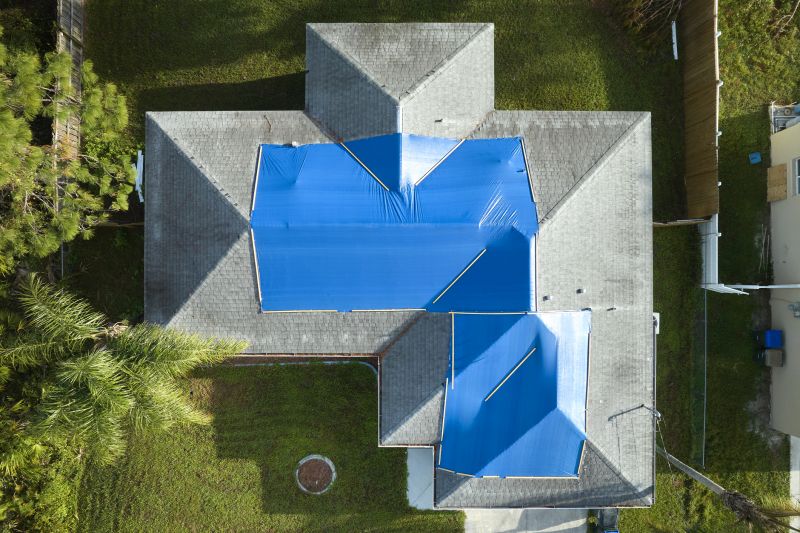
Rapid deployment during urgent situations to minimize structural harm.
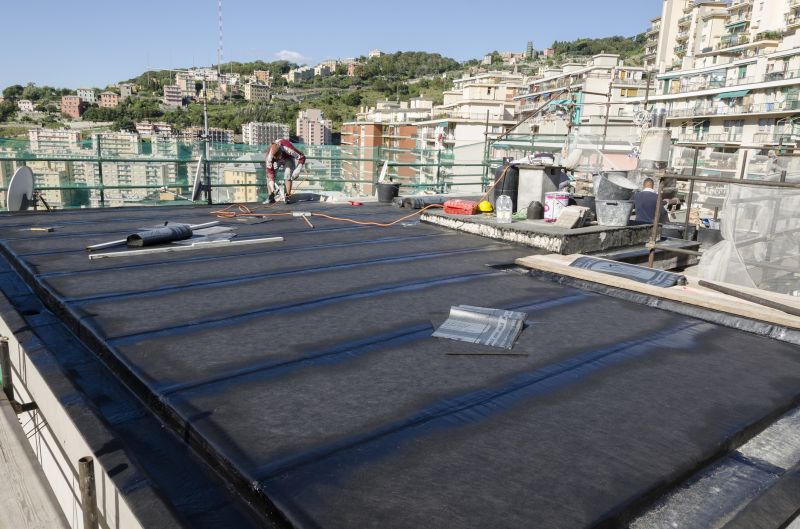
Ways to make Roof Tarp Installations work in tight or awkward layouts.

Popular materials for Roof Tarp Installations and why they hold up over time.
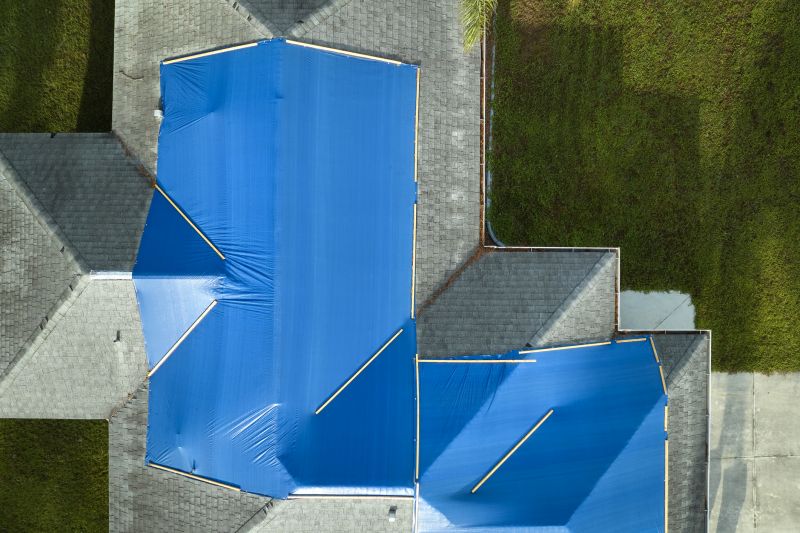
Simple add-ons that improve Roof Tarp Installations without blowing the budget.
Roof tarp installations serve as a temporary barrier against weather elements, protecting roofs from leaks, water damage, and structural deterioration. They are essential in emergency repairs, especially when immediate roof restoration is not feasible. Proper installation techniques and timing can extend the lifespan of the tarp and ensure effective protection.
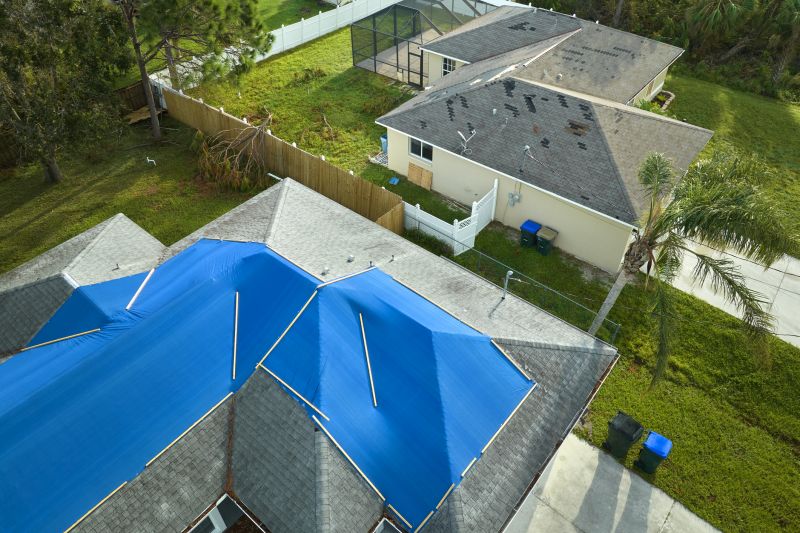
Properly anchored tarps prevent wind uplift and ensure durability.
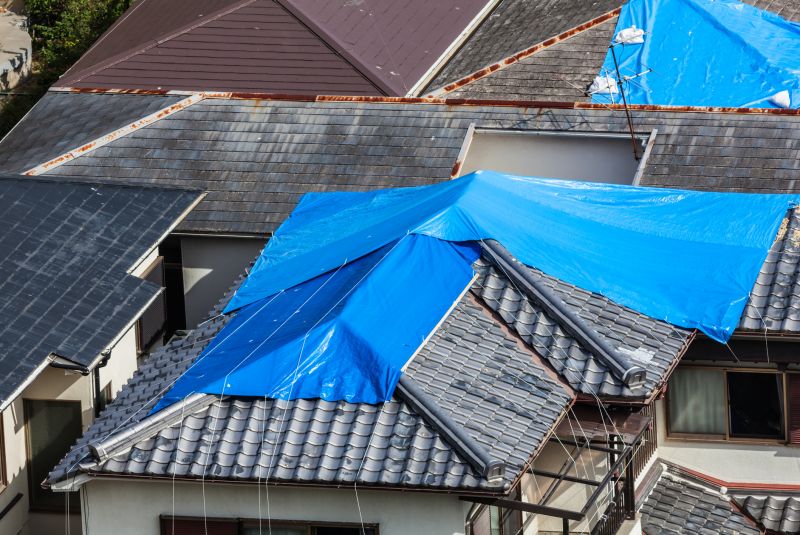
Selecting the right tarp material improves longevity and protection.

Professional installation techniques ensure a secure fit.
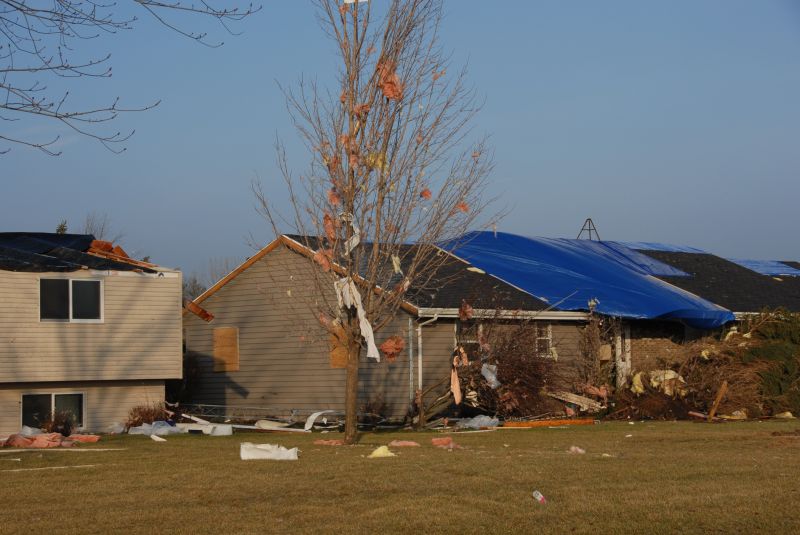
Early tarp installation can mitigate extensive damage from storms.
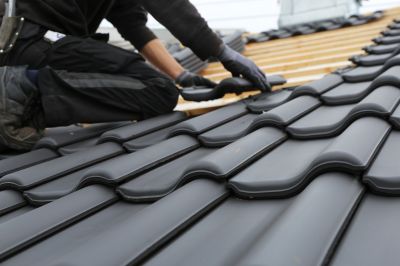
High-end options that actually feel worth it for Roof Tarp Installations.
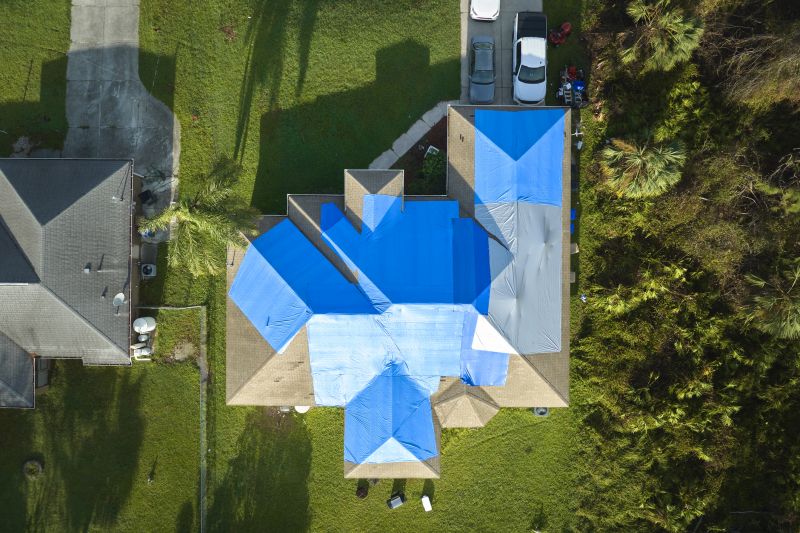
Finishes and colors that play nicely with Roof Tarp Installations.
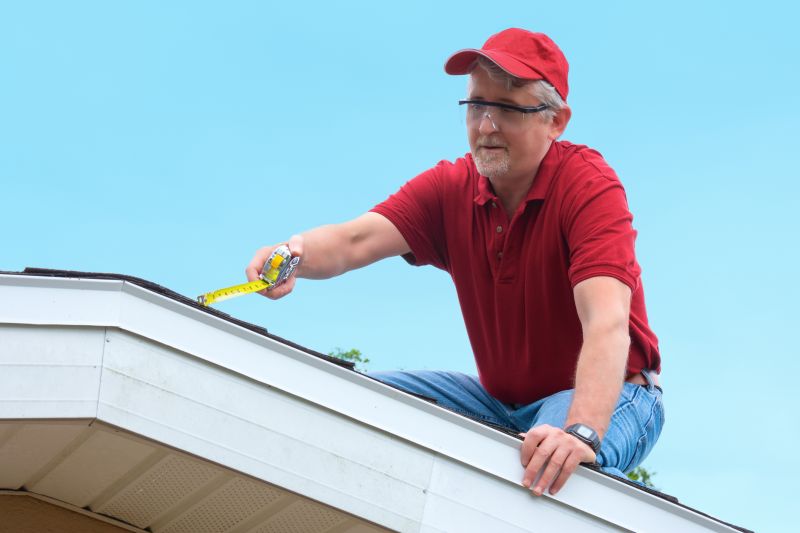
Little measurements that prevent headaches on Roof Tarp Installations day.
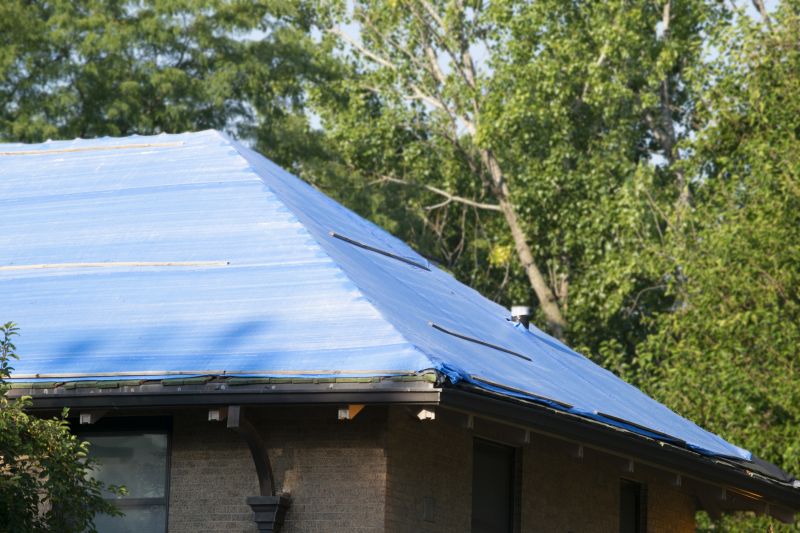
A 60-second routine that keeps Roof Tarp Installations looking new.
| Season | Ideal Conditions |
|---|---|
| Spring | Dry, mild weather with moderate temperatures. |
| Summer | Warm, dry days with little wind. |
| Fall | Stable weather before winter storms. |
| Winter | Cold and dry conditions suitable if temperatures are above freezing. |
| Urgent Situations | Immediate installation regardless of season to prevent damage. |



